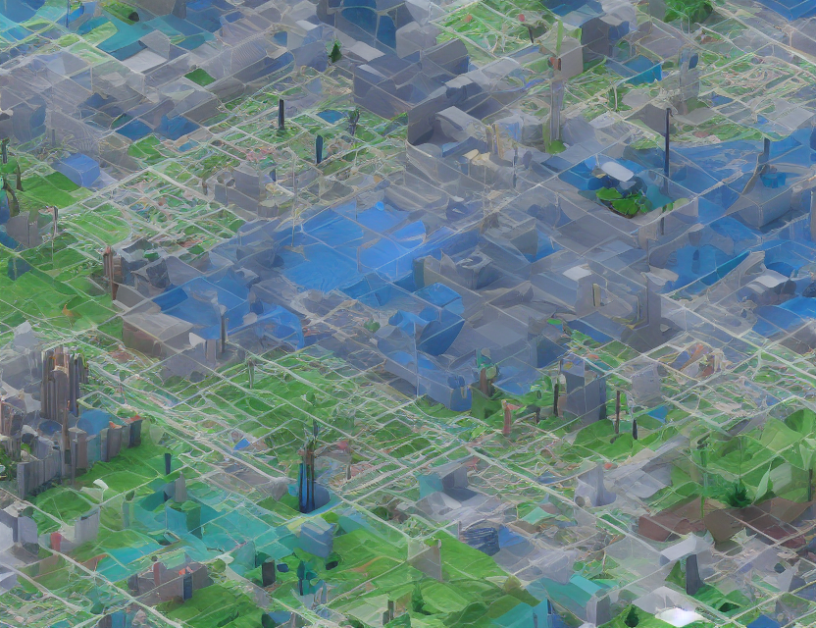In this article, Xuanyi Dong, Junshi Huang, Yi Yang, and Shuicheng Yan propose a novel approach to network registration, which they call "More is Less." Their goal is to create a more complicated network with less inference complexity, meaning that the network can perform tasks with fewer computational resources.
To achieve this, the authors use a technique called sparse downsampling. They apply convolutions to obtain a sparse point set and corresponding features at each level of the network. Then, they pass the deepest layer of the network to an encoder module to enable information interaction. This process allows the network to make better predictions while reducing the amount of computation required.
The authors test their approach on two datasets: 3DMatch and 3DLoMatch. They show that their method outperforms existing registration approaches in terms of both accuracy and computational efficiency. In particular, they demonstrate that their method can reduce the number of computations required by up to 90% while maintaining high accuracy.
The authors also compare their approach to prior methods, which typically use a shallower network with more computation. They show that their deeper network with fewer computations achieves better results, demonstrating the effectiveness of their approach.
In summary, this article presents a new method for network registration that uses sparse downsampling to reduce computational complexity while maintaining accuracy. The proposed approach outperforms existing methods in terms of both efficiency and accuracy, making it a valuable tool for applications where computational resources are limited.
Computer Science, Computer Vision and Pattern Recognition
More is less: A more complicated network with less inference complexity



